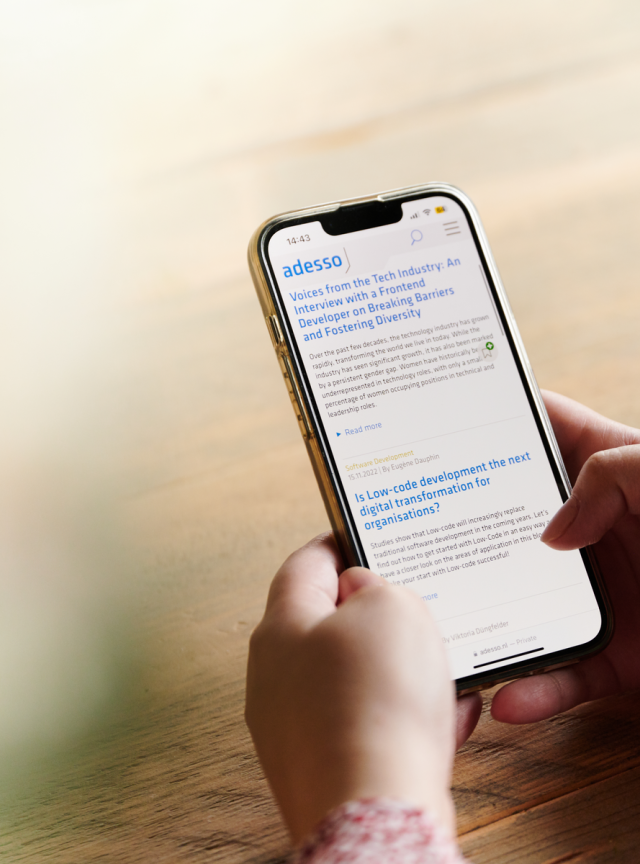
adesso BLOG
16.04.2024 By Stephan Jager and Thorben Forke
Data chaos at the touch of a button
Microsoft Copilot increases your productivity and optimises your processes. But beware of data chaos! In this blog post, we show you the most important governance aspects when introducing Microsoft 365 Copilot and other AI services based on large language models.
Read more09.04.2024 By Johannes Jahn
The Microsoft Sustainability Manager as a sustainability booster for companies
At a time when companies are increasingly focussing on sustainability and environmental protection, the question arises as to how our customers can use technology to achieve their sustainability goals. With the Microsoft Sustainability Manager, Microsoft offers an answer to precisely this question. In my blog post, I show you what functions the Microsoft Sustainability Manager has and what advantages it offers.
Read more04.04.2024 By Patrick Bauer
Skill management - the orchestra of skills
The best ideas, processes or developments are useless if the necessary IT skills are not available, teams and organisations do not develop further or the skills mix in the team is not right. In order to master future and current challenges, IT organisations therefore need a granular and up-to-date understanding of the existing skills and skill gaps of their employees and professional skills management to further develop these skills. I explain how this can be achieved in this blog post.
Read more03.04.2024 By Yannik Rust
Database indices: The key to performance optimisation
Databases are the backbone of modern applications, but as the amount of data increases, challenges arise, especially in terms of query speed. In this blog post, I focus on database indexes, specifically the B-tree index, to show how they help speed up database queries.
Read more28.03.2024 By Oliver Kling
What remains when the secure development process works?
This blog post discusses the security risk of consistently implementing a secure software development process.
Read more21.03.2024 By Shankara Hariharan
Navigating the Cloud: Public vs Private vs Hybrid
In the cloud computing landscape, almost all companies are faced with numerous critical decisions regarding the management of their IT systems. One of the most important decisions is choosing the appropriate cloud computing model. In this blog post, I will look at the intricacies of private and hybrid cloud solutions with their respective use cases.
Read more18.03.2024 By Yelle Lieder
Green IT - building blocks of ecologically sustainable corporate IT
Sustainability in IT is no longer a niche topic. More and more IT managers are making a public commitment to reducing the environmental impact of the IT for which they are responsible. This blog post provides an overview of specific aspects that should not be missing from a holistic green IT strategy.
Read more06.03.2024 By Stefan Klempnauer
Jsonnet as an accelerator for metadata-driven data pipelines
Metadata-driven data pipelines are a game changer for data processing in companies. These pipelines use metadata to dynamically update processes instead of manually revising each step every time a data source changes. As with data pipelines, metadata maintenance can be a bottleneck in the maintenance and further development of a pipeline framework. In this blog post, I use practical examples to show how the Jsonnet template language makes it easier to maintain metadata.
Read more04.03.2024 By Siver Rajab
Test case creation with Cucumber - When everyone speaks the same language
The Cucumber Framework is a powerful open-source tool that is used as part of Behaviour Driven Development. By using a common language, it enables collaboration between non-technical and technical team members. This blog post provides an overview of the basic concepts and features of the Cucumber Framework.
Read more







